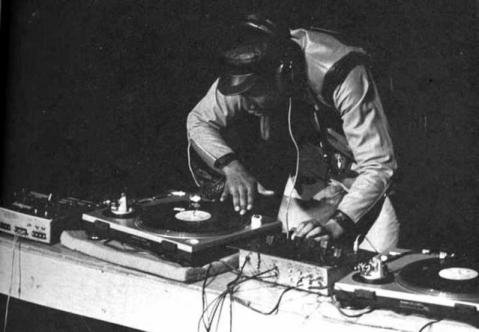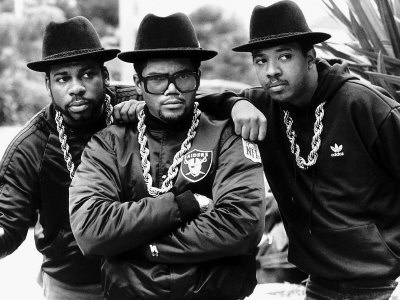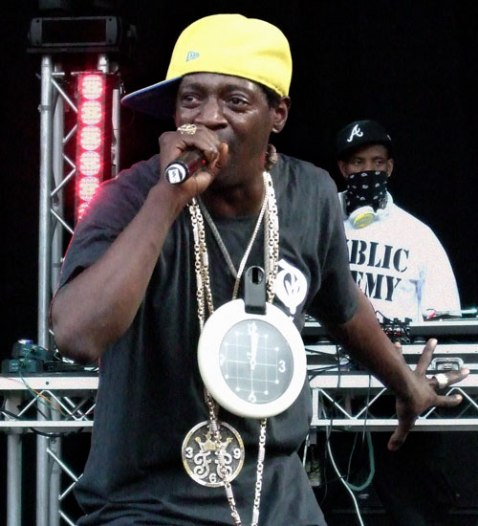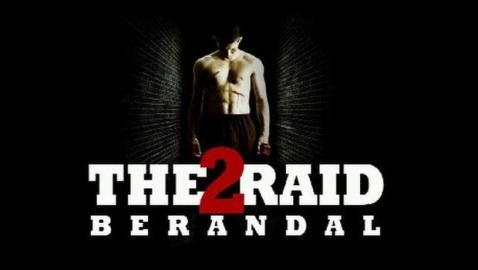The Evolution of Rap Part 1
I have previously written about how I feel rap is the perfect example of the concept of remixing, taking existing material and using it to create something else. With the upsets that happened in the Rap categories in the Grammy’s, I have decided to dedicate a series of posts to the evolution of rap and its current state. This series will consist of three blog posts going from the origins/early days of rap, the introduction of rap to the mainstream, and where rap is today. Like every form of art, rap’s role in society and its subject matter has changed over the years and gone through different stages along with its contemporary society.
The origins of rap come from hip-hop which began its inception during the 1970’s in New York as people experimented with both technology and new styles. The basis of hip-hop came from samples from soul, funk, and disco music as DJ’s began to use the percussive beats from songs and looping them with new sound systems, like turntables. MC’s, or emcees, would incorporate rhythmic vocals much like spoken poetry along with the beats and eventually rhymes were added in an effort to differentiate from other people. Different styles and delivery methods developed as people would gather around in blocks and rap aloud to each other. The first hip-hop recording would come in 1979 from The Sugar Hill Gang using the beat from Chic.’s Good Times in the hip-hop classic Rapper’s Delight. The 1980’s wouldn’t just bring a new wave of music across America, but it would also introduce new elements to hip-hop/rap and bringing it more to the public eye.
The early 1980’s brought a new wave of elements like electronic sounds and more effects to recordings of hip-hop/rap. Lyrics were full of boasting about how great one was at spitting rhymes and it also became a new medium for expression for many artists. Artists like Grandmaster Flash and the Furious Five and Kurtis Blow early on started to use these new sounds and styles to enhance their records. New recording and sampling technology would help artists create their records and add piece together everything more efficiently than before. With these devices becoming more accessible, many groups emerged to try and make it big and in reality few did, this can be seen in the success of the group Run-DMC. This group formed in Queens, New York in 1981, becoming of the most influential groups in history as they would influence all other acts to come. They also demonstrated the importance of a healthy relationship between MC’s and DJ’s, helping each other to create the best work possible. One of the group’s greatest records was the perfect blend between rock and rap as they sampled Aerosmith’s Walk This Way to create their own version of the song. This song really represented what rap was about at the time, it was mainly seen as music for African Americans, and creating a song with Aerosmith, mainly popular with White America, would bring rap more to public eye as more than just music popular in the African American community.
The success of Run-DMC would give them the first Grammy nomination every by a rap group and would influence other artists like LL Cool J and The Beastie Boys. Before becoming an actor in detective shows, LL Cool J used to be the quintessential suave ladies man of hip-hop during the 1980’s, in fact his name stands for Ladies Love Cool James. When most people think of LL Cool J they think of muscles and a boom box, and LL Cool J got his start in the mid 80’s and would later make one of his most iconic songs in the 1990’s Mama Said Knock You Out. On the other hand, The Beastie Boys formed in the early 80’s as a punk rock group but later influenced by rappers at the time decided to rap while using rock beats and samples. They found success in across the demographics of those who enjoy rock and those who enjoyed rap with their debut album Licensed to Ill. This album would give them some of their greatest singles like No Sleep Til Brooklyn, Fight for your Right, and Brass Monkey.
This kind of rap would eventually give rise to a new stage or genre of rap, a kind that was more politically active, with groups like Public Enemy. Public Enemy is most famous for, aside from their hype man Flava Flav, their politically charged and influenced music which was a response for their feeling of oppression and misrepresentation of minorities in urban areas. Songs like Fight the Power and Can’t Truss It were songs against the Man and to bring the struggles of minorities to the forefront. These songs would have a huge influence over rap for decades to come as it would inspire rappers to talk about the struggles of the streets and inner city life. It would have direct influence over groups like N.W.A. and other groups which would define the next era of rap that would go through the 1990’s, Gangsta Rap.
-Carlos
Remixing
Recently I have watched a video series called Everything is a Remix, and it got me thinking about the idea of reframing/remixing ideas. The video explained how today’s world is greatly built on the ideas and thoughts of our predecessors. In addition, new ideas and creations are made by the transformation of these ideas. While watching the video, I immediately thought how hip-hop/rap music perfectly embodies this idea. Since the earliest days of rap music, the idea of sampling beats or instrumentals was prevalent. For example, The Sugarhill Gang used a piece of the beat from Chic’s Good Times in order to create the classic Rapper’s Delight. The Sugarhill Gang didn’t flat out copy Chic’s song, they just used one component from the song, a part of the instrumental, and built their beat around it so they could musically innovate.
Sampling is an essential part of rap music, its not only a way for artists to pay homage to those that came before them but it allows a starting point for creation. It is very rare that a rapper has never sampled somebody else in the slightest way, whether it be a part of the beat or background vocals. For example, Drake has always been influenced by the music of Aaliyah and Whitney Houston so he pays homage to them by sampling them. One critical, often overlooked, aspect of rap music is the beat because in the end of the day it’s not all just about the lyrics. The beat adds a lot to a song; it adds rhythm, tone, mood, and atmosphere. Thus, often rappers wish they could use a particular sound to add to what they are trying to convey with their music and if they really want to include it they can sample it. In rap, there are two types of sampling: authorized and unauthorized. Authorized sampling comes when the parties directly involved, as in those that own the sound being sampled, are in agreement with the person wanting to sample it. For example, after the death of Biggie Small’s, P. Diddy (or Puff Daddy at the time) sampled the instrumental from The Police’s song Every Breath you Take to create the tribute song I’ll Be Missing You. On the other hand, unauthorized sampling is where an artist will try to sneak in a sample and hope they don’t get in legal trouble. One of the more notable examples is Vanilla Ice’s hit Ice Ice Baby which wrongly used the bass line from Queen’s Under Pressure.
The rap game is very competitive and with modern culture it is much more interconnected with technology and social media. As mentioned there are different kinds of sampling, but there is a gray area when it comes to the legality of sampling in one scenario, mixtapes. Mixtapes are a collection of songs established or aspiring artists make and distribute freely, usually by the internet these days. As long as the artists aren’t making money from this they usual sample freely and it allows these artists to build off something and create their own songs. An example of this is Drake’s third mixtape Sooner than Later which sampled some artists and it helped him get the attention of the music industry while also being Grammy nominated for just that mixtape. In addition, artists often freestyle over the beats of other artists to make their own version or to send a message to that artist. Now, these freestyles are never released as official songs in order to avoid legal trouble. An example of this is when various artists covered Drake’s ballad Marvin’s Room.
-Carlos





Recent Comments